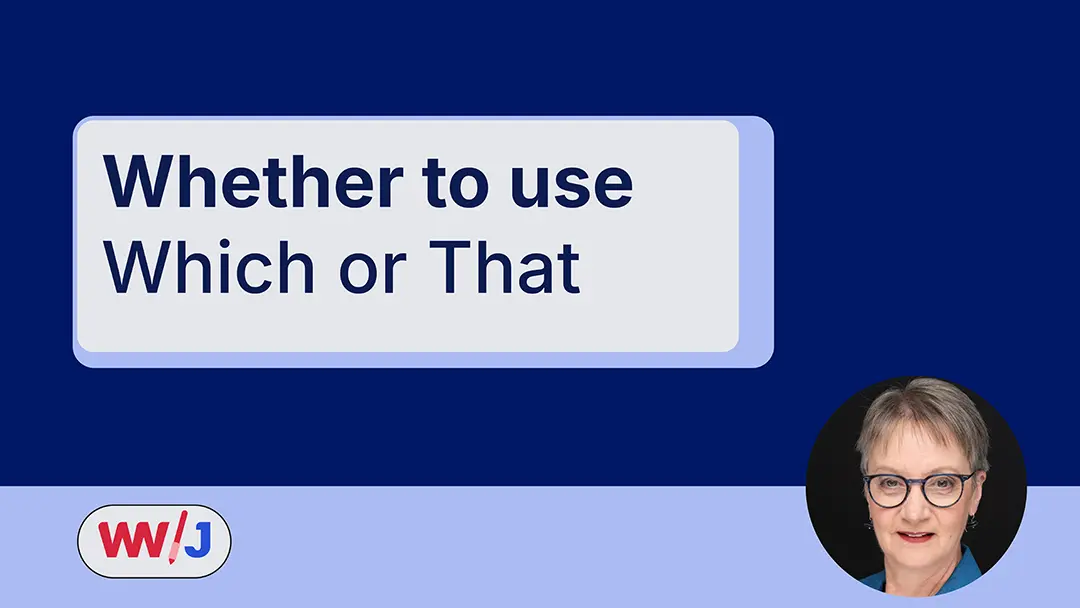Fewer vs. Less: What’s the Difference?
This post highlights a common but important writing error in modern advertising: using “less” when “fewer” is grammatically correct. The most recent offender? A Coterie Diapers ad claiming their product leads to “way less diaper changes.” The issue? Diaper changes are countable, and therefore should use “fewer.”
The Simple Rule
Use “fewer” for things you can count.
Use “less” for things you can’t count.
Example 1:
“Fewer diaper changes” is correct because diaper changes are countable.
Example 2:
“Less odor” is correct because odor is not something you can count individually.
Real-World Example: Coterie’s Copy Misstep
The phrase “way less diaper changes” is incorrect. Diaper changes are individual, countable actions. You can have one, three, or ten of them. Because they’re countable, “fewer” is the appropriate word.
What about odor? You wouldn’t say, “fewer odor.” That’s because odor is an uncountable noun, so “less” is correct.
Here’s how the two should sound:
Incorrect: “Way less diaper changes.”
Correct: “Way fewer diaper changes.”
Correct: “There’s way less odor using Coterie diapers.”
Why Word Choice Matters in Branding
In a crowded marketplace, the words you choose signal the quality and precision of your brand. Grammar mistakes, even small ones, can erode trust. If a premium brand gets basic grammar wrong, what else might they be overlooking? Brands like NASA, and Apple invest heavily in copy clarity. That’s because every word reflects their expertise. So whether you're selling diapers, data backups, or deep-space probes, clean, correct copy adds authority to your voice.
Writing Tip: Quick Test to Choose “Fewer” or “Less”
Here’s a simple way to decide which word to use:
Ask yourself: Can I count it?
If the answer is yes, use “fewer.”
If the answer is no, use “less.”
Try it with this sentence:
“There are fewer odors with this product.”
That sounds off, right?
Now try:
“There is less odor with this product.”
Much better.
FAQ
Q: Why is “fewer” better than “less” in some sentences?
A: “Fewer” is used for things you can count, like books or emails. “Less” is for things you can’t count, like noise or stress. Using the right one helps your message sound natural and credible.
Q: Are there exceptions to this rule?
A: Yes, especially in informal speech. For example, “less than 10 items” is widely accepted even though “fewer than 10 items” is technically more correct.
Q: Do brands actually care about grammar?
A: They should. Trusted organizations like NASA, MIT, and Apple employ copy editors to ensure their language matches the quality of their work.
Q: Does grammar still matter in the age of AI and casual communication?
A: Absolutely. AI systems and human readers alike look for signals of credibility. Grammar is one of those signals. It tells both audiences and algorithms that your content is trustworthy.
Q: Where can I get help fixing copy like this?
A: That’s exactly what Words With Joanne is here for. From blog posts to academic papers, we help you say what you mean—clearly, confidently, and without compromise.
Q: About Words With Joanne
A: Words With Joanne helps researchers, professionals, and brands sharpen their writing. Whether you're crafting technical documentation or marketing copy, we make your words work harder, read smoother, and sound smarter—without losing your voice.
Ready to make your message clearer? Get in touch today.




